Accurate identification of weedy Amaranthus species during early vegetative stages can be difficult. However, identification of the various species becomes much more reliable when reproductive structures are present (Figure 1).
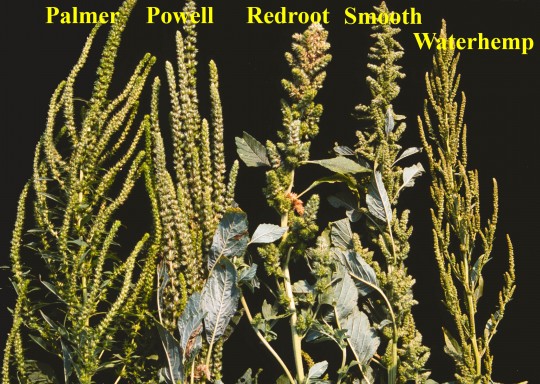 Figure 1. Inflorescences of five Amaranthus species. |
Before harvest begins, consider taking a few minutes to scout fields; at this time of year it is much easier to differentiate between Palmer amaranth (Figure 2) and waterhemp plants (Figure 3).
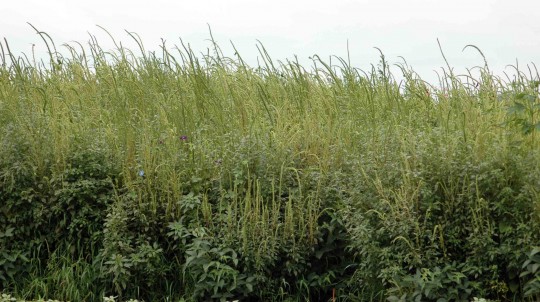 Figure 2. Mature Palmer amaranth in soybean. |
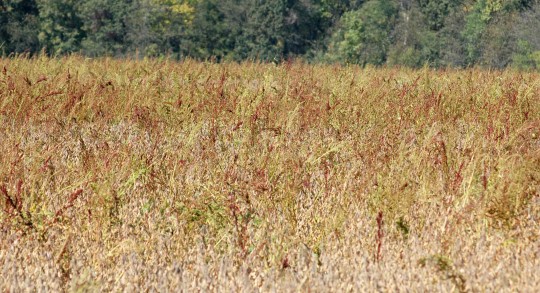 Figure 3. Mature waterhemp in soybean. |
Similar to waterhemp, Palmer amaranth plants are either male or female — male plants produce only pollen, while female plants produce only seed. Most seeds on female plants already have attained their mature black color, although some seeds may still be dark brown. The terminal inflorescence of male and female Palmer amaranth plants is generally unbranched and very long (Figure 4).
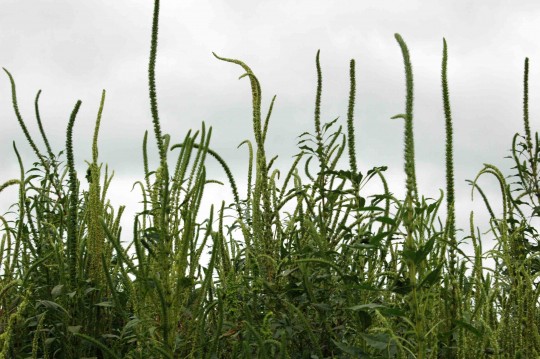 Figure 4. Palmer amaranth inflorescences. |
The terminal inflorescence of female Palmer amaranth plants (Figure 5) have flowers containing 5 spatulate-shaped tepals. The tepals are about twice the length of the seed, and the seed capsule (utricle) breaks into two regular sections when fractured. Modified leaves (bracts) of the female inflorescence are long and become very pointed and stiff as the plant matures (Figure 6).
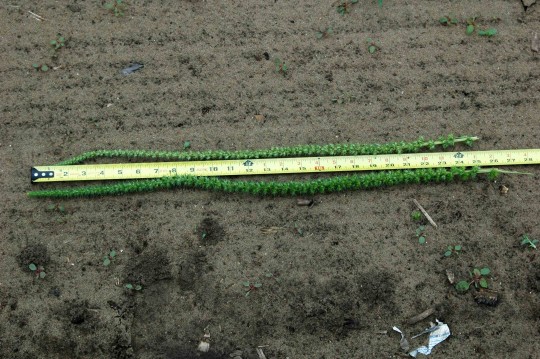 Figure 5. Inflorescence of a female Palmer amaranth, measured in feet. |
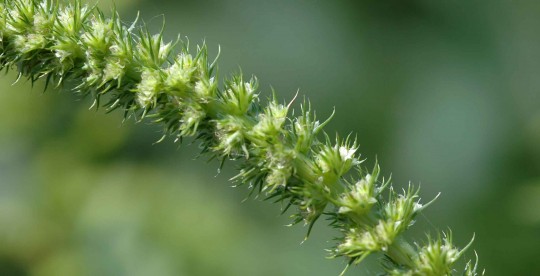 Figure 6. Stiff, pointed bracts of a female Palmer amaranth. |
This characteristic can also aid in differentiating between female Palmer amaranth and waterhemp plants. The inflorescence of a mature female Palmer amaranth plant feels very sharp and prickly, while the inflorescence of a mature female waterhemp plant is soft to the touch.
As a reminder, through funding provided by the Illinois Soybean Association we are able to screen samples of suspected Palmer amaranth using molecular markers to verify the species identification. Information on how to collect and submit tissue samples from suspected Palmer amaranth plants can be found in the “Palmer Amaranth Identification” form. Please download this form, provide as much information as possible, and submit it along with the tissue samples to the address listed at the top of the form.






Post a comment
Report Abusive Comment